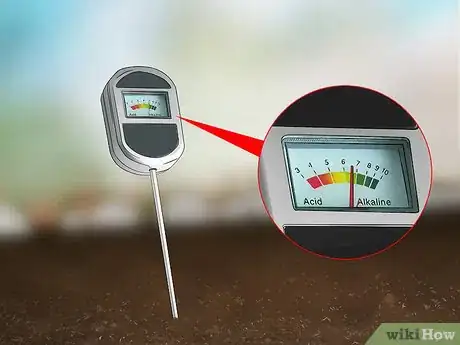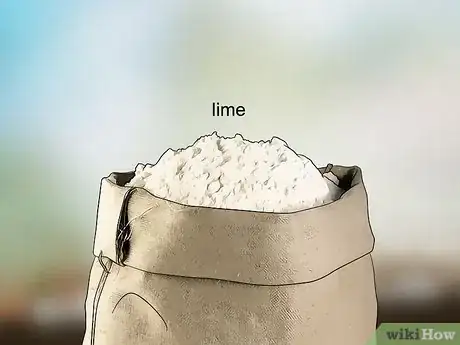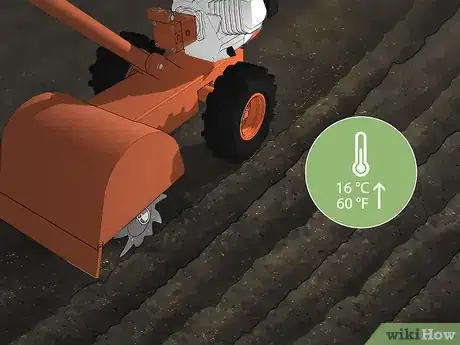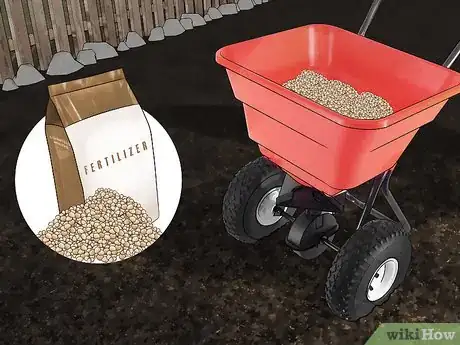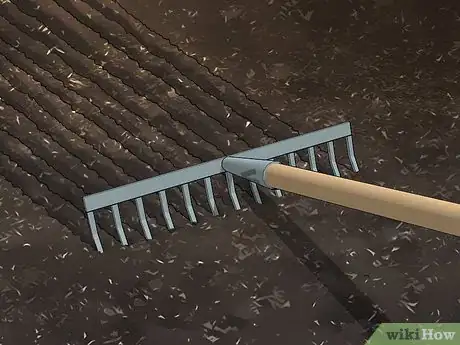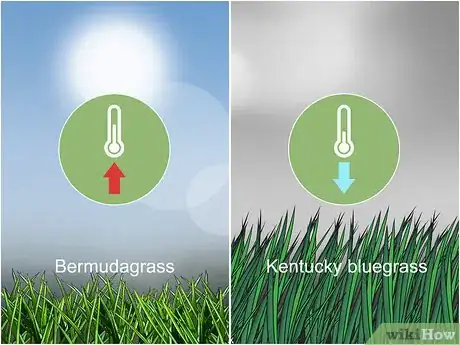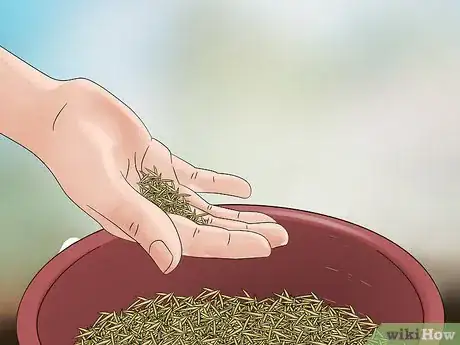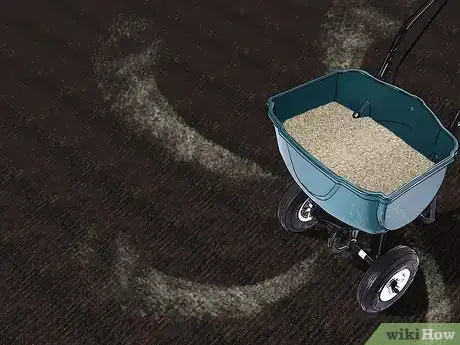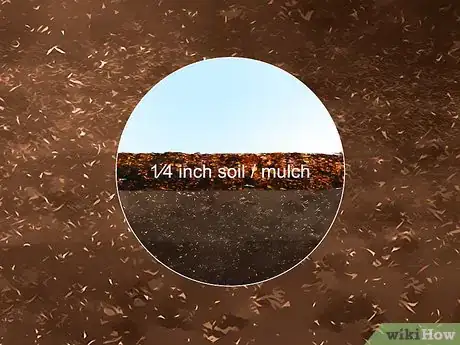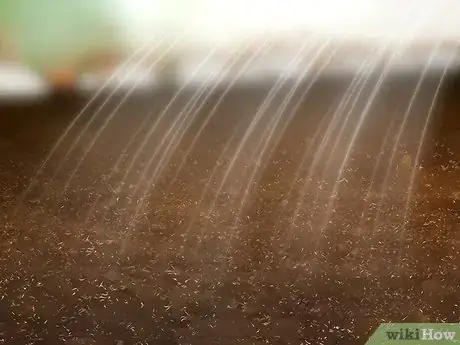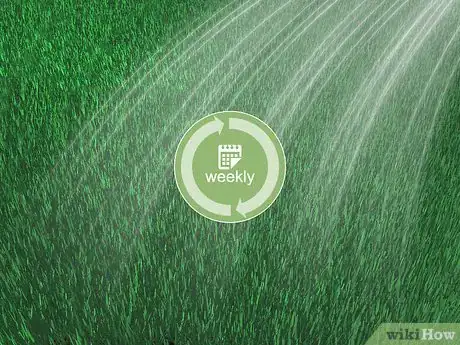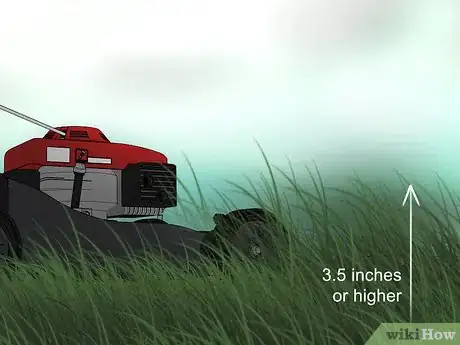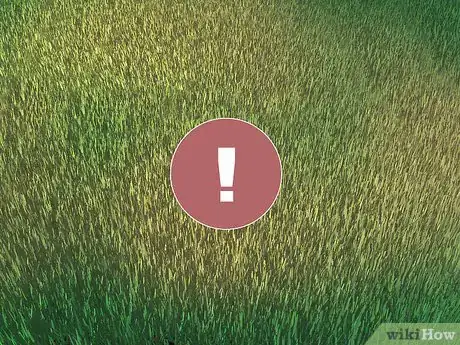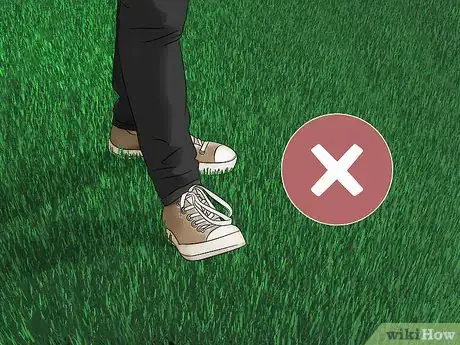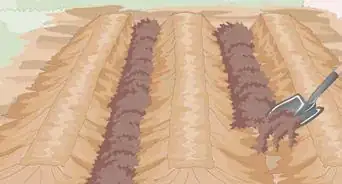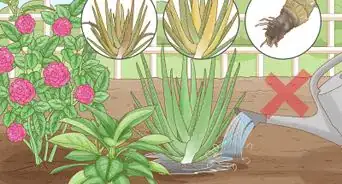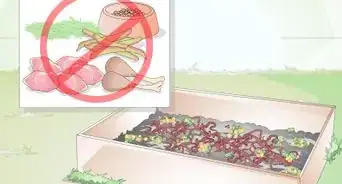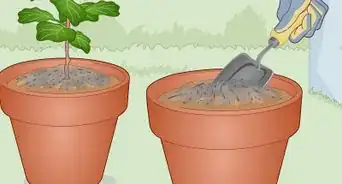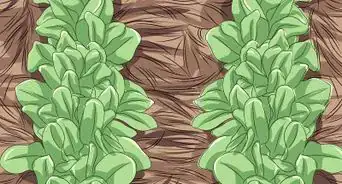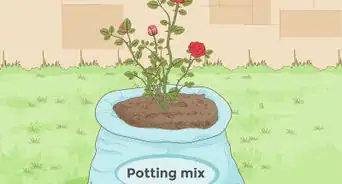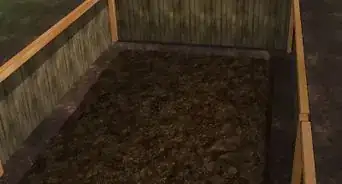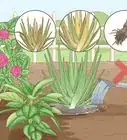This article was co-authored by Lauren Kurtz. Lauren Kurtz is a Naturalist and Horticultural Specialist. Lauren has worked for Aurora, Colorado managing the Water-Wise Garden at Aurora Municipal Center for the Water Conservation Department. She earned a BA in Environmental and Sustainability Studies from Western Michigan University in 2014.
There are 8 references cited in this article, which can be found at the bottom of the page.
This article has been viewed 71,176 times.
Sod is the secret of many beautiful yards and gardens, but it can be very expensive to purchase sod from a supplier. For a cheaper, more time-intensive option, grow your own sod from seeds. Before planting, make sure your soil has the proper nutrients and is free of weed and debris. Maintain your sod by watering it often and letting it stay at least 2 inches (5.1 cm) long.
Steps
Testing and Preparing Your Soil
-
1Test your soil for a pH between 6.0 and 7.5. You can get soil testing kits at your local home improvement store. Follow the directions for collecting samples, and bring the testing kit to your local cooperative extension office.[1]
- Depending on where you live, you might have to pay a small fee to get you to get your soil tested.
- Be prepared to wait a few weeks for your local office to process your soil testing kit.
-
2Purchase the necessary nutrients, if applicable. Your soil pH test should have told you whether or not your soil needed new nutrients. Nutrients, such as lime, elemental sulfur, or fertilizer can help balance your soil’s nutrient levels. You can purchase these nutrients at your local home improvement store.[2]Advertisement
-
3Till the yard once the temperature is about 60 °F (16 °C) or higher. Before tilling, remove any rocks, debris, or thick weeds from the area. Start tilling on a shallow setting, and do a complete pass of your yard. Then, set your tiller to a deeper setting, and till perpendicular to your first pass. Add any nutrients if necessary, and repeat the tilling process.[3]
- Make sure your garden doesn’t have any underground utility lines, pipes, or sprinklers before tilling.
- Always follow your manufacturer’s instructions while tilling
- You can rent a tilers from your local home improvement store.
-
4Apply starter fertilizer (optional). Starter fertilizer can help encourage growth and provide nutrients. Prioritize using starter fertilizer if you’re planting in cold or wet soil, and if you’re planting in early spring or late fall.[4]
-
5Rake the area. If you need to level your yard, use a rake or lawn roller. Fill any deep recessions with soil.[5]
- If there are deep holes in your lawn, consider filling them with handfuls of loam as well as soil.
Laying Sod
-
1Pick the right time of year. When you plant your seeds depends on where you live and what type of grass you’re growing. In cooler weather, plant cool-season grasses like Kentucky bluegrass, tall fescue, and perennial ryegrass in the fall or spring. If you live in warmer-weather regions, plant Bermudagrass, Zoysia grass, Bahiagrass, and Centipede grass in spring or early summer.[6]
- Wait to plant warm-season grasses until daytime temperatures hover around 80 °F (27 °C) or higher.
-
2Purchase high quality seed. Every seed tag includes information about the seed variety, purity, germination percentage, date, crop seed content, and weed seed, among other things. Analyze your seed tag and look for seeds that will create optimal growing conditions. If you’re purchasing seeds for the first time, ask a representative at your local home improvement store for advice, or peruse information about seed tags at https://ag.umass.edu/turf/fact-sheets/understanding-turfgrass-seed-label
-
3Spread the seeds. Spread by hand and follow your seed instructions in regards to how much seed to spread. Rake lightly once the seeds are spread.
-
4Cover the seeds with 1⁄4 inch (0.64 cm) of soil. This helps prevent the wind from affecting or blowing your seeds away. You can also spread mulch on top of the soil to help encourage nutrients.
-
5Keep the top 1⁄2 inch (1.3 cm) of soil moist until you see the seeds germinate. Water lightly and frequently for between 3 and 30 days, depending on your grass variety. Once you see grass emerge, water less deeply and frequently.
Maintaining Sod
-
1Water your grass once a week. After the first week of growth, begin watering your lawn once a week. Water more frequently if you live in a dry, hot region. Give your sod 1 inch (2.5 cm) of water every week. Use a rain gauge stuck in the grass to measure the water level. Watering the grass deeply and infrequently will encourage root growth and crowd out any pesky weeds.[7]
- If you get an inch of rain, don’t water lawn that day.
-
2Mow your lawn once the grass gets taller than 3.5 inches (8.9 cm). This usually happens after the third week of growth. Mow off about an inch of growth. However, never cut your lawn shorter than 2 inches (5.1 cm). If you do, the grass won’t be able to grow deep roots.
- If your grass has deep roots, it will grow thicker, greener, and need less watering.
-
3Monitor your lawn. If an area of your lawn has wilted or turned a straw color, it’s not getting enough water. Adjust your watering regime accordingly. Similarly, if cracks are appearing between the sod pallets, the yard needs more water. Increase the number of times you water your lawn each week.
- If the average temperature is above 80 °F (27 °C), your lawn may need to be watered more than once a week.[8]
-
4Limit heavy traffic for the first year. Heavy traffic can uproot the growing roots and prevent sod growth. If you think your lawn will experience heavy traffic within the first year, consider planting Kentucky Bluegrass, which can recuperate well from heavy traffic damage.[9]
-
5Get advice from local gardeners. If your lawn still looks sick, talk to local gardeners at a local home improvement store, local extension office, or simply reach out to other successful lawn owners. They will be able to give you advice that is specific to your region. Ask about the kind of soil they use, how often they water their lawn, and what kind of grass it is.[10]
Community Q&A
-
QuestionI want to plant sod, but I do not want to use current soil which I have placed ground cover. Can I use topsoil to place on the ground cover to grow sod?
 NinoxTop AnswererNo, sod is not strong enough to grow on topsoil with ground cover below it.
NinoxTop AnswererNo, sod is not strong enough to grow on topsoil with ground cover below it.
References
- ↑ https://www.lowes.com/n/how-to/test-and-improve-your-soil
- ↑ https://www.pennington.com/resources/grass-seed/grass-101/how-to-plant-grass-seed
- ↑ https://www.lowes.com/n/how-to/till-and-cultivate-your-garden
- ↑ http://extension.psu.edu/plants/crops/grains/corn/nutrition/starter-fertilizer
- ↑ https://www.taskeasy.com/taskeasyTips/MOWLAWN/layingSodvsPlantingSeed
- ↑ https://www.pennington.com/resources/grass-seed/grass-101/how-to-plant-grass-seed
- ↑ http://www.gardensalive.com/product/the--secrets-of-highly-successful-sod/you_bet_your_garden
- ↑ http://www.sodco.net/tips-and-resources/early-sod-care
- ↑ https://extension.umd.edu//sites/extension.umd.edu/files/_images/programs/hgic/Publications/HG102%20Lawn%20Establishment%20Renovation%20Overseeding.pdf
